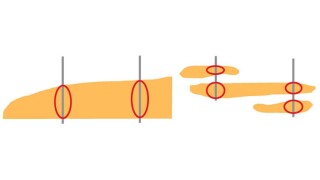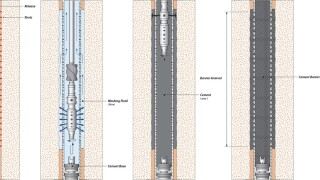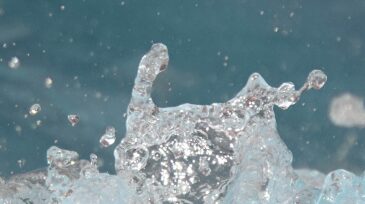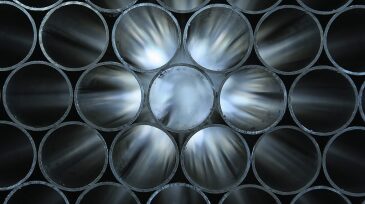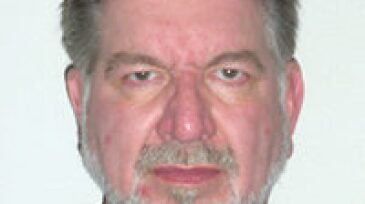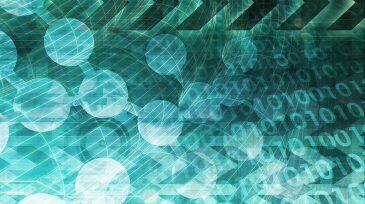Casing/cementing/zonal isolation
This paper expands the understanding of geopolymer/microsphere interactions and presents design considerations for alternative cementing materials under low-temperature regimes.
This paper describes an alternative lower-completion concept for developing Lower Wilcox reservoirs referred to as high-angle multifractured well design.
This paper presents a comprehensive literature review of perforate, wash, and cement techniques that compares new methods with traditional ones and uses field cases and computational fluid dynamics to find the most cost- and time-effective practices without sacrificing safety.
-
This paper discusses the factors to be taken into account when designing cement jobs using fluids in turbulent flow and some of the overlooked benefits of using turbulent-flow design for mud removal.
-
This paper describes the first application of the 10¾-in. CV in a deep-well sour environment.
-
The most common method used for the placement of cement plugs is the balanced-plug method using drillpipe, tubing, or a combination of both.
-
Many good well-construction-technology papers came out last year, as well as a couple on older technologies that either had not been published earlier or had been released and were underappreciated.
-
This paper describes the design, testing, installation, and performance of the first fully completed well using an intelligent inner completion inside an uncemented liner with openhole packers for zonal isolation.
-
This paper introduces a fit-for-purpose surface-controlled formation-isolation valve (SFIV) designed for the temporary well suspension required for this strategy.
-
Deepwater cementing becomes increasingly challenging as drilling operations move to greater water depths and more-remote locations.
-
ADMA-OPCO had integrity problems in one of its gas wells, and abandonment was the only option available to restore the integrity of the offshore multiwell jacket and revive adjacent wells.
-
In 2012, the number of unconventional tight gas/shale and high-pressure/high-temperature (HP/HT) papers continued to grow. This year, we had some very interesting developments in these and other areas of well construction.
-
The Eagle Ford shale in Zavala County, Texas, is similar to many high-carbonate-content oil-shale formations.


